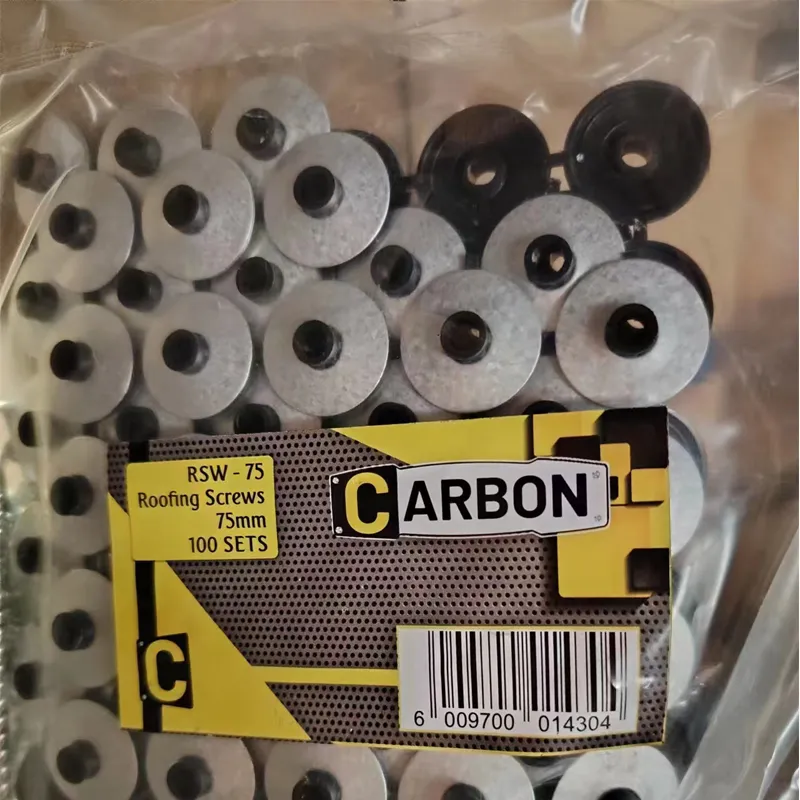Οκτ . 19, 2024 09:19 Back to list
Understanding the Properties and Uses of Soft Iron Wire in Industrial Applications
The Marvel of Soft Iron Wire Properties, Applications, and Innovations
Soft iron wire, a type of low-carbon iron, has been a fundamental material in both industrial and domestic applications for centuries. Its unique properties, including malleability, ductility, and magnetic permeability, make it an invaluable resource in a wide variety of fields. This article delves into the characteristics, uses, and innovative advancements related to soft iron wire, illustrating its significance in modern technology and craftsmanship.
One of the primary attributes of soft iron wire is its exceptional magnetic properties. With a high magnetic permeability, soft iron can be easily magnetized and demagnetized, which makes it essential in the production of electromagnetic devices. For instance, in the electrical engineering domain, soft iron is used in transformers, inductors, and magnetic coils. These devices rely on the ability of soft iron to efficiently conduct magnetic fields, thereby enhancing their performance and efficiency.
In addition to its magnetic characteristics, soft iron wire is known for its malleability and ductility. This means that it can be easily shaped, drawn into thin strands, and twisted without breaking. As a result, it is often utilized in the creation of various mechanical components and tools. The automotive and aerospace industries, for example, leverage soft iron wire in the manufacturing of springs, connectors, and other critical components that require strength and flexibility.
Furthermore, the low carbon content of soft iron contributes to its excellent weldability. This property makes it a preferred choice for fabrication processes such as welding and soldering. In construction, soft iron wire is frequently used as reinforcement in concrete structures, contributing to the overall strength and longevity of buildings, bridges, and other infrastructure. Its ability to bond well with other materials enhances stability and ensures that structures can withstand significant stress and strain.
soft iron wire

Innovations in soft iron wire production have led to the development of specialized wires with tailored properties. For instance, advancements in alloying techniques have created soft iron wires with enhanced resistance to corrosion and wear, broadening their applicability in harsh environments. These specific formulations have opened new avenues in fields such as marine engineering and renewable energy, where materials are often subjected to extreme conditions.
Moreover, the rise of smart technologies has prompted researchers to explore the use of soft iron wire in sensors and actuators. By leveraging its magnetic properties, soft iron wire can be engineered to respond to various environmental stimuli, paving the way for innovations in automation and robotics. Such applications can be seen in smart homes, where soft iron wire could be instrumental in the functioning of wireless charging systems or magnetic locks.
In the realm of artistic expression, soft iron wire has also found its way into sculpture and design. Artists appreciate its pliability, allowing them to create intricate, delicate structures that capture the imagination. The combination of strength and grace makes soft iron wire a favorite among artisans looking to push the boundaries of traditional craftsmanship.
In conclusion, soft iron wire is more than just a basic industrial material; it is a versatile component that plays a crucial role in various applications, ranging from electrical engineering to artistic creation. Its unique properties, including excellent magnetic permeability, malleability, and weldability, make it indispensable in modern technology and craftsmanship. As innovations continue to emerge, the future of soft iron wire looks promising, poised to contribute further to industrial advancements while inspiring creativity in the arts. Embracing this remarkable material can lead to exciting developments in both engineering and artistic fields, ensuring its relevance for years to come.
-
The Role of Field Wire Fence in Grassland Conservation
NewsJul.15,2025
-
Stainless Steel Razor Wire Durability in Coastal Environments
NewsJul.15,2025
-
Enhancing Home Security with Mesh Fences
NewsJul.15,2025
-
Diamond Mesh Wire for Small Animal Enclosures
NewsJul.15,2025
-
Common Wire Nail Tensile Strength Testing for Woodworking
NewsJul.15,2025
-
Barbed Wire Corrosion Resistance Galvanization Techniques
NewsJul.15,2025









